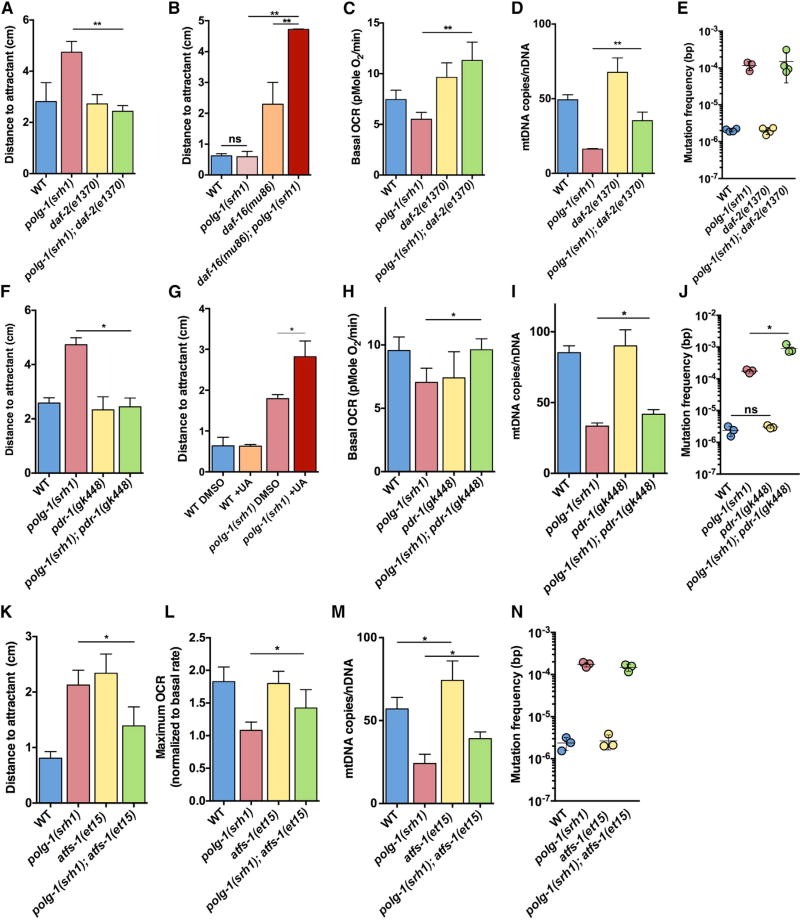Figure 4. Verification of the RNAi Screen with Genetic Mutants and Small Molecules.
(A) The daf-2(e1370) allele rescues the neuromuscular defect of 5-day-old polg-1(srh1) worms.
(B) The daf-16(mu86) allele worsens the neuromuscular defect of 5-day-old polg-1(srh1) worms. This set of experiments was performed at generation 7 instead of generation 30, when the phenotype of the mutator worms is not significantly different from the WT worms until 7 days of age. Accordingly, the detrimental effect of the daf-16(mu86) allele is better illustrated.
(C) The daf-2(e1370) allele rescues the basal respiration rate of 10-day-old polg-1(srh1) worms.
(D and E) The daf-2(e1370) allele (D) increases mtDNA copy number by 118%, but (E) has no effect on the mutation frequency of polg-1(srh1) worms.
(F) The pdr-1(gk448) allele rescues the chemotaxis defect of 5-day-old polg-1(srh1) worms.
(G) Induction of mitopagy with 50 µM urolithin A (UA) worsens the chemotaxis phenotype of the 5-day-old polg-1(srh1) worms.
(H) The pdr-1(gk448) allele rescues the basal respiration rate of 10-day-old polg-1(srh1) worms.
(I and J) The pdr-1(gk448) allele (I) increases mtDNA copy number by 25% and (J) results in a 5.5-fold increase in the mutation frequency of polg-1(srh1) worms.
(K and L) The atfs-1(et15) allele (K) rescues the chemotaxis defect of 5-day-old polg-1(srh1) worms and (L) the reserve capacity of 5-day-old polg-1(srh1) worms.
(M and N) The atfs-1(et15) allele (M) increases mtDNA copy number by 63%, but (N) has no effect on the mutation frequency of polg-1(srh1) worms.
Bar graphs represent the mean ± SEM of at least three biological replicates. Unpaired t tests were performed to determine significance (*p < 0.05, **p < 0.01; ns, no significant difference).

